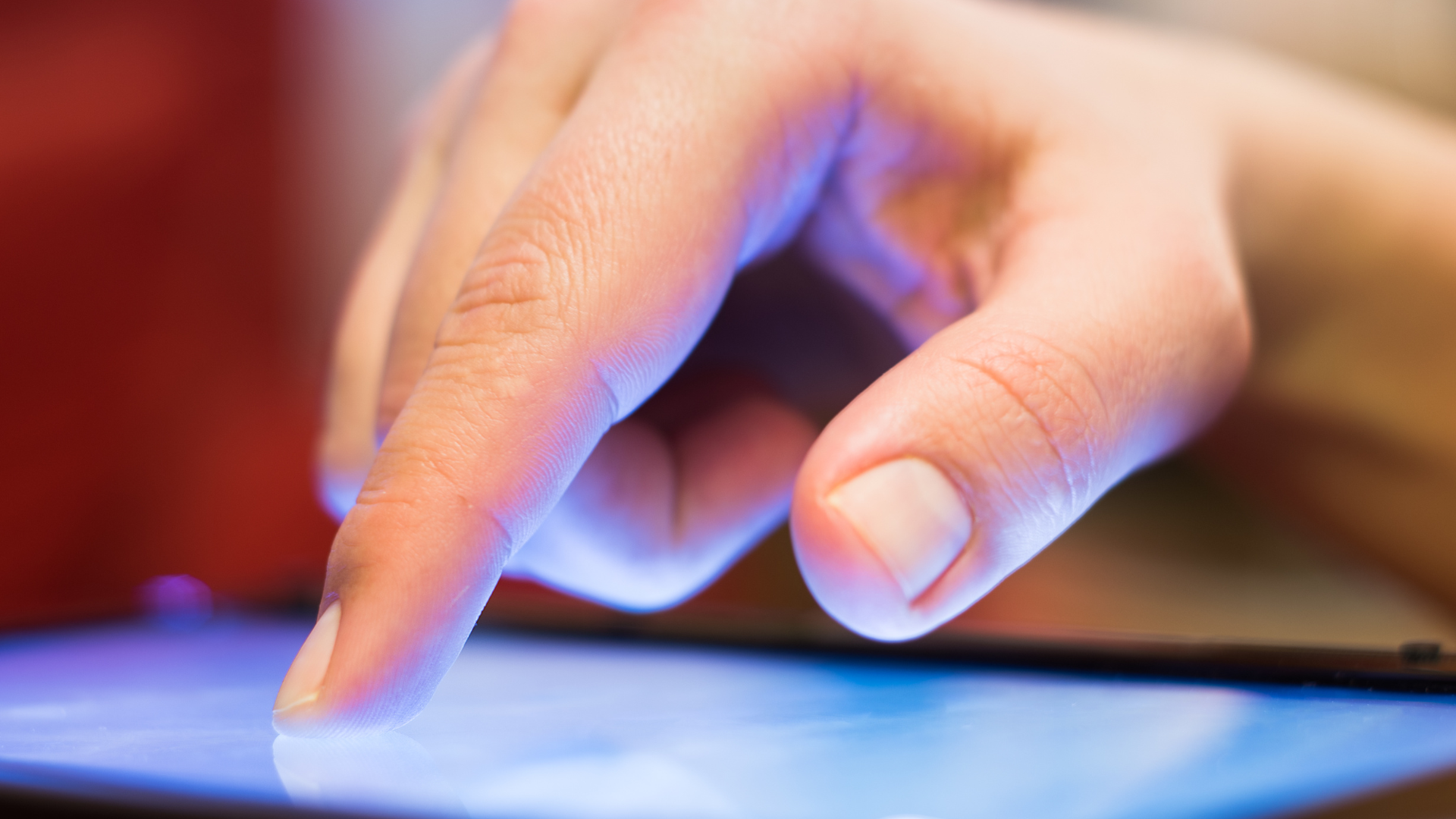
How do Touchscreens actually work?
In a world where a single tap unlocks a universe of possibilities, we often forget to ask: what exactly happens beneath our fingers? Every time you swipe through a photo album, play your favorite game, or type a message, you are engaging in a silent conversation with a surface that feels nothing—yet somehow, it knows exactly what you want.
Behind that smooth pane of glass lies a world of invisible intelligence. It’s a choreography of electrons, a delicate balance of materials, voltage, and precision. Touchscreens are not just convenient; they are one of the most elegant interfaces between human intent and digital response ever created.
Table of Contents
- How Touchscreens Changed the Way We Interact
- The Two Main Technologies Behind Touchscreens
- Capacitive vs. Resistive: What’s the Difference?
- How Your Finger Becomes a Conductor
- Everyday Examples of Touch Tech in Action
- Challenges Touchscreens Face – and the Future
- FAQs
How Touchscreens Changed the Way We Interact
Before the touchscreen revolution, we were bound by buttons, keys, and styluses. The idea that a person could manipulate a machine simply by touching a screen was once considered futuristic. Now, it’s second nature—even toddlers instinctively try to swipe TVs and books.
The touchscreen didn’t just remove physical buttons. It reshaped the very way we think about communication. It made our technology more personal, intuitive, and responsive—an extension of our body and mind.
The Two Main Technologies Behind Touchscreens
Despite the seamless user experience, touchscreen technology falls into two main categories:
- Resistive touchscreens
- Capacitive touchscreens
Each works in fundamentally different ways, and each has unique advantages depending on the application.
Capacitive vs. Resistive: What’s the Difference?
Let’s explore the core mechanisms behind the glass.
Resistive Touchscreens
Used in older ATMs, industrial machines, and early smartphones. They consist of two thin layers—one conductive, one resistive—separated by a small gap. When you press down, the layers touch, completing an electrical circuit and registering your input.
- Pros: Works with gloves, styluses, or anything that applies pressure
- Cons: Less sensitive, prone to wear, can’t handle multi-touch
Capacitive Touchscreens
These are the tech stars of today—used in iPhones, tablets, and most modern devices. They rely on the electrical properties of your skin. The screen is coated with a transparent conductor (like indium tin oxide). When your finger touches it, it disturbs the screen’s electrostatic field, and sensors triangulate your exact location.
- Pros: Fast, sensitive, supports multi-touch and gestures
- Cons: Doesn’t work well with regular gloves or non-conductive objects
How Your Finger Becomes a Conductor
Here’s the magic: your body carries a tiny electrical charge. When your finger approaches a capacitive touchscreen, it draws away some of the charge at that point. The screen’s sensors detect the voltage change and calculate where the disturbance occurred.
This interaction is invisible—but precise. Within milliseconds, the device translates your gesture into a command. That’s how your phone knows the difference between a tap, swipe, or pinch.
Remember: You’re not pressing the screen. You’re altering a field of electricity with nothing but your skin.
Everyday Examples of Touch Tech in Action
- Phones and Tablets: Capacitive screens dominate, enabling fast, fluid gestures
- ATMs: Often still use resistive screens due to durability and glove compatibility
- Airplane Entertainment Screens: Usually resistive, because capacitive doesn’t work well through plastic overlays
- Touch-sensitive elevators or vending machines: Often use hybrid systems depending on durability needs
Challenges Touchscreens Face – and the Future
Touchscreens must handle moisture, temperature, screen protectors, and increasingly complex gestures. New innovations like ultrasonic touch, pressure sensitivity, and gesture recognition in air (without touch!) are already in development.
We’re also seeing foldable and flexible touch displays, and even touch surfaces on fabrics. The future may not be “touchscreen” in the traditional sense—it could be touch-everything.
FAQs
1. Why doesn’t my phone work when I wear gloves?
Most phones use capacitive touchscreens, which need the conductivity of your skin to register input. Standard gloves block this interaction unless they have conductive threads.
2. Can touchscreens wear out over time?
Yes, especially resistive screens, which rely on physical pressure. Capacitive screens are more durable, but still vulnerable to scratches, cracks, and software-related misreads.
3. Are touchscreens safe to use constantly?
Yes. The small electrical fields involved are harmless. However, overuse can strain your fingers, wrists, and eyes—so balance is key.


